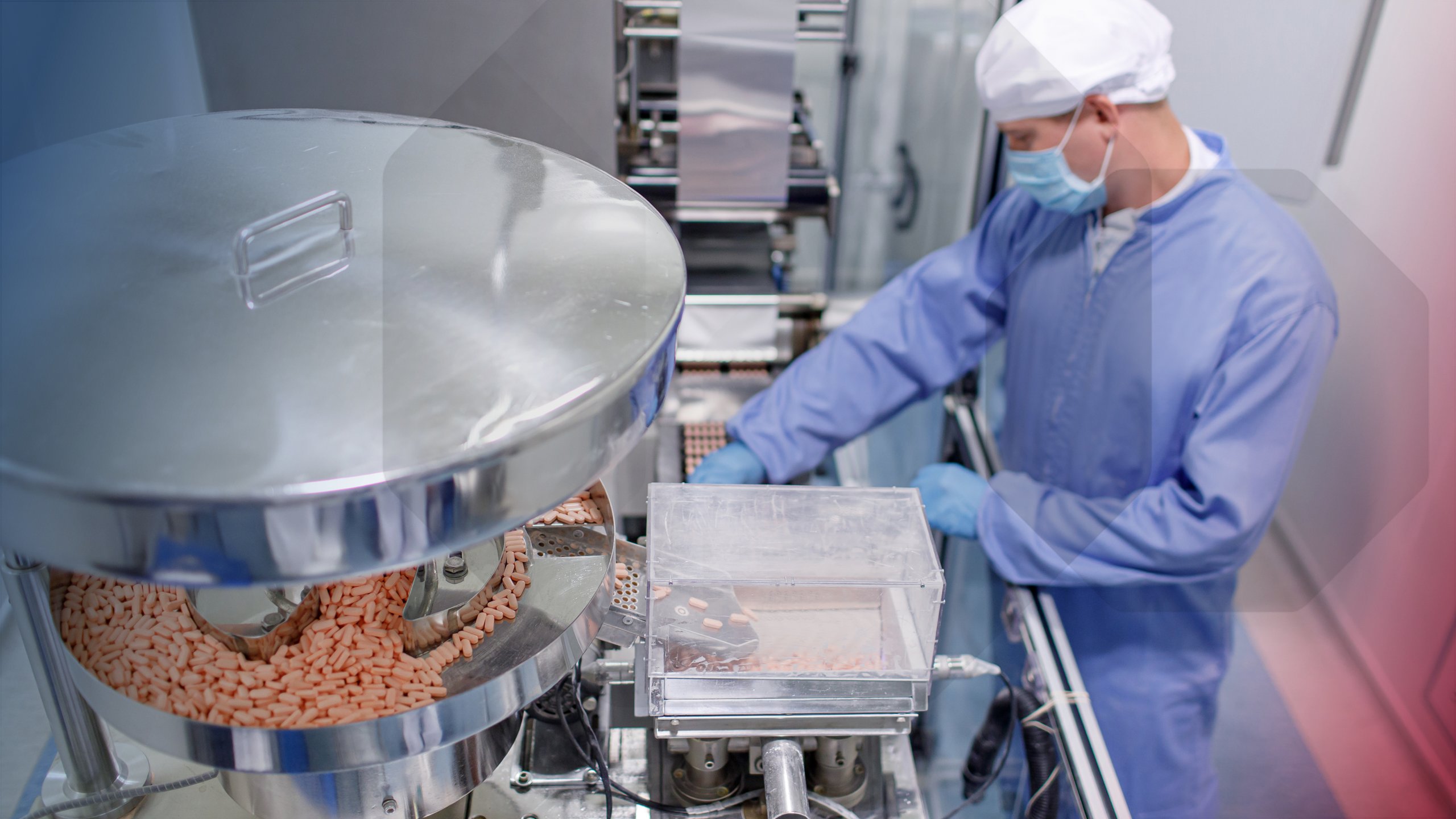Exhaustive paper documentation of batch records generates countless pages that must be manually filled out and stored for years. As a result, parting ways with paper trails is one of the major obstacles of digitalizing the Life Science industry.
Compounding this challenge is the manufacturing disruptions we saw during the COVID-19 pandemic, which highlighted industry’s ‘digital gaps’ when suddenly there were far fewer people to handle these paper documents.
Furthermore, scaling from large to smaller personalized-medicine batches, increases the need for flexible manufacturing and digitalization because paper is simply not scalable!
Digitalization, however, provides actionable insights to make predictive data-driven business decisions, allowing people to spend more time on value-added activities. Going paperless or reducing paper can also contribute to sustainability goals by reducing carbon footprint.
Why Paper?
The FDA refers to “documented evidence” and if it isn’t written down in a batch record, it didn’t happen. Similarly, good manufacturing practice (GMP) regulations specify that a pharmaceutical manufacturer must maintain documentation and complete records throughout the product lifecycle.
This data, covering material genealogy, equipment used, processes, dates and personnel involved, etc., must be readily retrievable for investigations, regular product review, and audits. Deviating from these requirements results in increased cost of compliance and risk of warning letters.
However, paper-related human errors made throughout the production cycle can accumulate and result in delays that can take weeks to fix. During this time, the shipping of finished products is delayed, increasing time to market, waste, and costs. This is what makes digitalization such an attractive alternative, as it reduces such human errors significantly, also shortening documentation review cycles though strategies such as review by exception.

